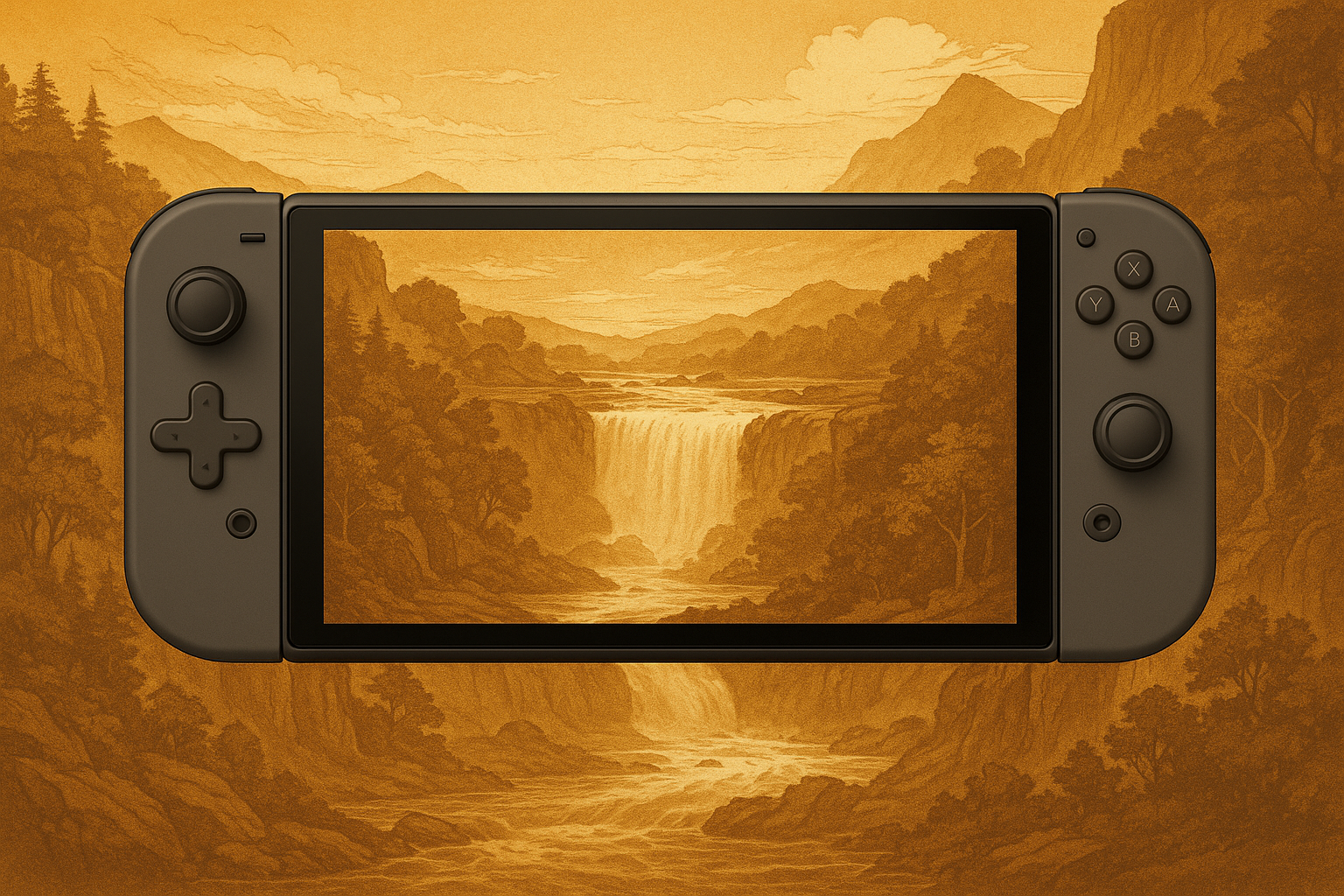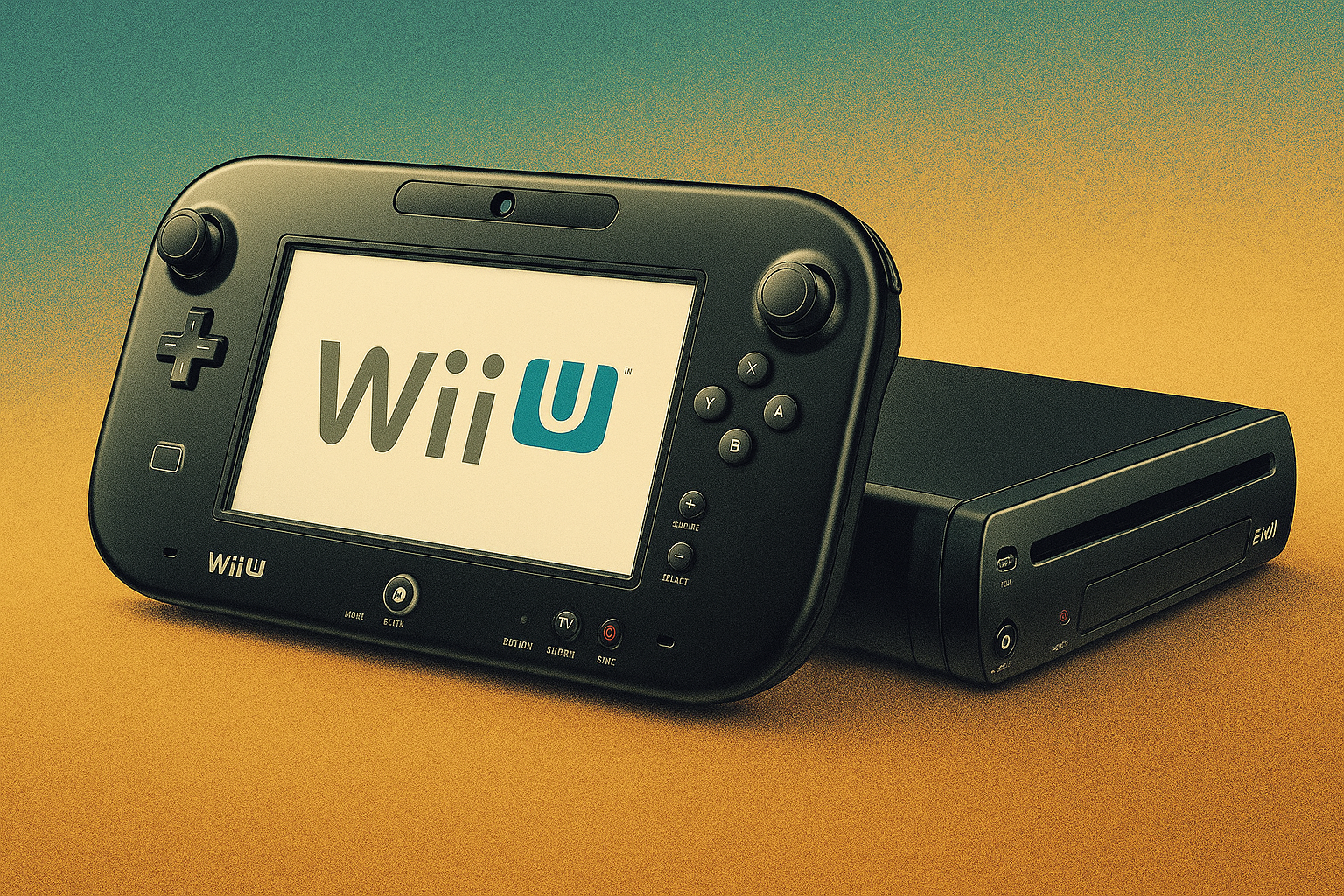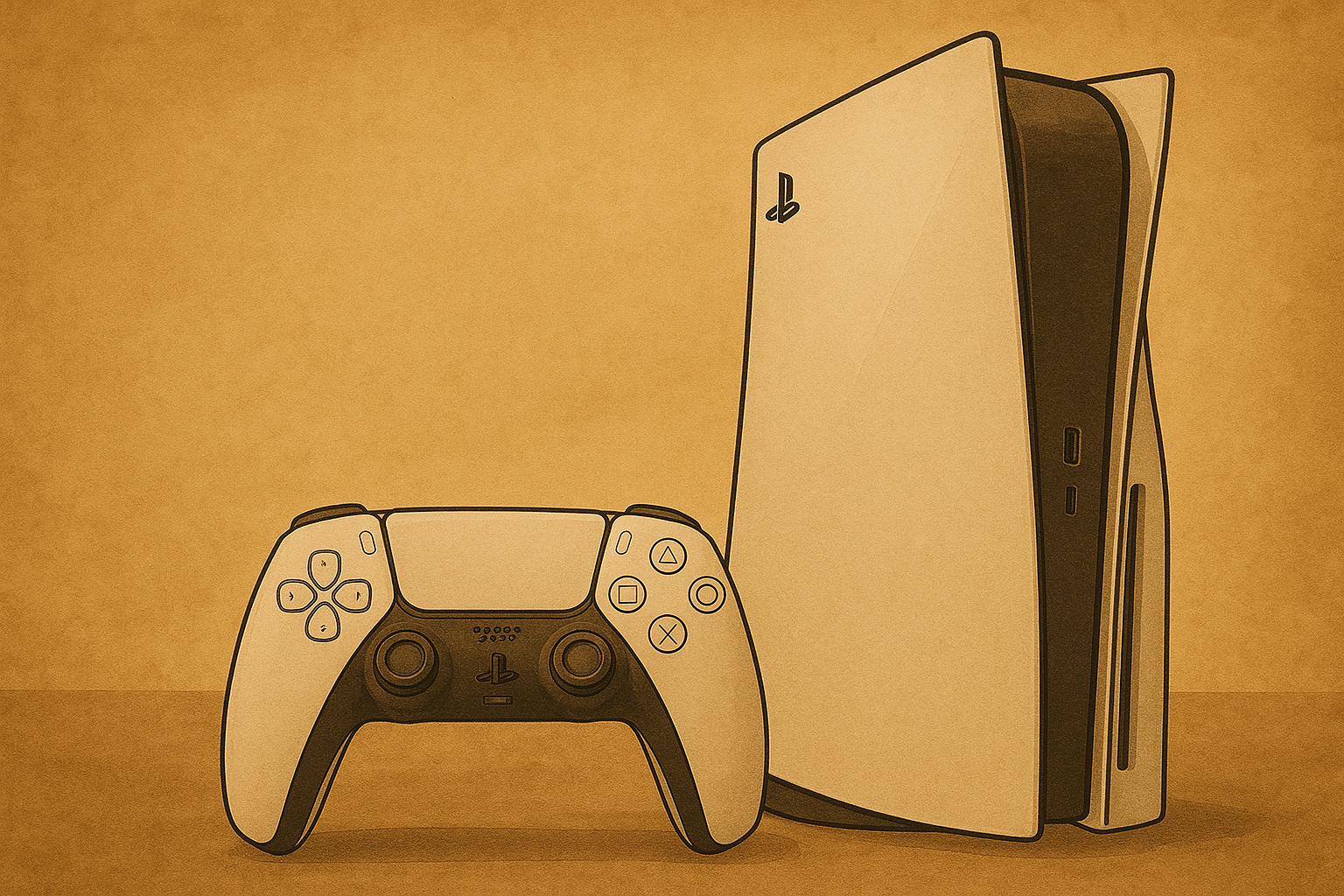Looking at the Nintendo Switch 2 Launch Through the Lens of History
/“Time flows like a river… and history repeats…”
–Secret of Mana/聖剣伝説 2
Whether you’re a diehard fan, casual gamer, or somewhere in between, it’s difficult to deny that the lead up to the June 2025 launch of the Nintendo Switch 2 has been controversial. The original Switch achieved massive success for being an underpowered-yet-affordable alternative to the polygon-pushing powerhouses that Sony and Microsoft were purveying. This enabled Nintendo to carve out a lucrative market all its own—a coveted combination of taste-making hardcore gamers and family-focused consumers that craved entertainment suitable for all ages.
The price jump between the original Switch and Switch 2 hardware (from $299.99 to $449.99) and software (an increase of up to $20, depending on the title) may be in line with inflation, but it’s out of line with wage growth in most major markets (hence the lower-priced, Japan-exclusive version of the console). Before the April 2025 Nintendo Direct presentation, the Switch 2 launch was poised to be an unquestionable slam dunk. Now, the brand is mired in a communication crisis[i], thanks to a lack of transparency regarding everything from pricing to Game-Key Cards—virtually empty game cartridges that require large downloads to function.
The online discourse surrounding the Switch 2 made me reflect on all the console launches I’ve witnessed in my decades-long history as a gamer, on-and-off industry employee, and industry watcher. In doing so, I realized that precedents from the past may reveal some clues about the eventual fate of the Switch 2. In this article, I’ll map the Switch 2’s debut to a few relevant console launches from years past, in order from worst-case to best-case scenario. More a thought exercise than a prediction, think of this article as something that will be fun to look back on once the dust settles.
Four Possible Launch Scenarios
1. The Xbox One: A Multi-Generational Disaster
One of the most disastrous console launches in gaming history, the 2013 release of Microsoft’s Xbox One was an asteroid strike that irreparably cratered the Xbox brand. The console was designed, pitched, and launched as an always-on, multimedia set-top-box: something that no gamer wanted. Don Mattrick, who oversaw the Xbox division at the time, only fanned the flames by implying that concerned gamers should stick with older hardware[ii], a sentiment eerily echoed in the present day by Nintendo of America President Doug Bowser.[iii]
Despite this parallel, I doubt the Switch 2 will succumb to the same fate as the Xbox One. First, the greatest concern about the console right now is hardware and software pricing, which can be adjusted down the road, if needed (see the Nintendo 3DS section below). Product wise, Nintendo is delivering what gamers want. Additionally, in the gaming realm, the Nintendo brand is exponentially more resilient than Microsoft’s. After all, Nintendo is the company that revived the entire industry in the 1980s and never looked back.
2. The Wii U: One of Nintendo’s Greatest Failures
Despite the company’s incredible brand, Nintendo is no stranger to failure. For every hit console like the Switch, there are flops like the Virtual Boy and underperformers like the GameCube. The most relevant failure for analyzing the upcoming Switch 2 launch would be the Wii U.
Hot off the tail of the super successful Wii (fun fact: my graduate school thesis focused on predicting this success), the Wii U, launched in 2012, seemed like it would be a sure-fire winner. (Sound familiar?)
However, with only a modest performance boost over the original Wii, a confusing interface, and a poorly communicated value proposition, the console failed to catch on with consumers, and only managed to sell around 13 million units during its lifetime (for comparison, the original Wii sold over 101 million units).[iv] Considering how similar the Switch 2 is to the original Switch, this is certainly a credible scenario. There’s no doubt that, initially, hardcore Nintendo fans will pony up for a Switch 2, just as they did for the Wii U at launch. In fact, strong pre-order numbers are already bearing this out.[v]
However, with the same form factor and overlapping game library, the casual gaming crowd—a necessity for achieving long-term, mass-market success—may not see the value in upgrading from their current consoles, especially considering the significant price increase. In this economic environment, how many casual consumers will be willing to drop $450 on a new game console when the Switch they already own remains more than adequate for occasional family game nights?
Then again, the Nintendo brand is much stronger than it was during the Wii U era, and consumers have, relatively recently, demonstrated a willingness to splurge on entertainment (see the PlayStation 5 section below). Therefore, there is a significant chance the Switch 2 will be able to dodge the Wii U’s fate.
3. The 3DS: A Pricing Pivot
The 3DS, Nintendo’s innovative portable system, released in 2011, represents a more likely Switch 2 launch scenario. Debuting at $249.99, which was considered expensive for a handheld console at the time, consumers initially rejected the 3DS. This prompted Nintendo to cut the price of the device by an unprecedented 32% a mere five months after launch.[vi]
This resulted in a dramatic turn in fortunes, as sales in the United States increased by 260% over a 19-day period.[vii] On a side note, Sony’s PlayStation 3 had a similar, albeit slower path to success, launching at an extremely high price point and low sales volume. Sony adjusted pricing multiple times during the PlayStation 3’s lifespan and eventually clawed back the market share it had lost to Microsoft’s Xbox 360 console. This shows us that should the Switch 2 launch stutter due to pricing, a quick pivot can reveal a path to success.
4. The PlayStation 5: Success Despite the Odds
This is the scenario that I imagine Nintendo leadership is aiming for. Despite launching during the COVID-19 pandemic, with markedly higher hardware and software price points than its predecessor, the 2020 PlayStation 5 launch was wildly successful. This was an unprecedented feat, considering the console’s relatively lackluster lineup of exclusive games and the economic uncertainty that gripped the globe.
For example, despite a $100 price increase, the PlayStation 5 sold approximately 7% more units than the PlayStation 4 did during its first 52 months on the market.[viii] When we consider the “big three” game console manufacturers—Sony, Microsoft, and Nintendo—Sony has the second longest history in the industry, making it an ideal brand to benchmark.
The question is, given the ongoing global economic uncertainty, are consumers ready and able to shell out for yet another high-end product on top of everything else that they have bought since the pandemic years (including non-gaming expenses such as smartphones, vacations, etc.)? In fact, with stimulus checks and unprecedented demand for indoor entertainment, the COVID-19 pandemic likely buoyed the PlayStation 5 launch. Now, Nintendo is faced with selling a pricey product in a different world—one where stimulus checks and lockdowns have been replaced with unprecedented inflation and tariff-induced price increases.
After the Hype, Turn to History
Despite economic headwinds and communications failures, the Switch 2 looks like it will perform well out of the gate, as demand already outstrips supply (whether Nintendo is intentionally limiting supply to drive up hype is a story for another article). However, questions linger. What will happen after the initial hype dies down? How will the system sell after hardcore fans, the ones that would buy a Switch 2 at any price, get a hold of their consoles? In trying to figure this out, there is value to be found in looking back through history to inform the present and, perhaps, predict the future.
[i] Garcia, Carley. “‘A True Crisis Moment’ Ex-Nintendo Employees Comment on Switch 2 Backlash.” Game Rant, April 4, 2025. https://gamerant.com/nintendo-switch-2-backlash-employee-reaction/.
[ii] Keighley, Geoff. "E3 2013 - Microsoft's Don Mattrick Interview." YouTube video, 13:35. Posted by GameTrailers, June 10, 2013. https://www.youtube.com/watch?v=bTAKSBvuT-A.
[iii] PCMAG. “Can’t Afford a Switch 2? Nintendo Exec Suggests You Stick With Switch 1,” April 9, 2025. https://www.pcmag.com/news/cant-afford-a-switch-2-nintendo-exec-suggests-you-stick-with-switch-1.
[iv] Nintendo Co., Ltd. “IR Information : Sales Data - Dedicated Video Game Sales Units.” http://www.nintendo.co.jp/ir/en/finance/hard_soft/index.html.
[v] Vikki Blake. “2.2 Million People Applied to Pre-Order a Switch 2 in Japan Alone, Says Nintendo.” GamesIndustry.biz, April 23, 2025. https://www.gamesindustry.biz/22-million-people-applied-to-pre-order-a-switch-2-in-japan-alone-says-nintendo.
[vi] “After Big Quarterly Loss, Nintendo Slashes 3DS Price - CBS News,” July 28, 2011. https://www.cbsnews.com/news/after-big-quarterly-loss-nintendo-slashes-3ds-price/.
[vii] CNET. “Price Cut Helps 3DS Sales Soar 260 Percent.” Accessed April 25, 2025. https://www.cnet.com/home/smart-home/price-cut-helps-3ds-sales-soar-260-percent/.
[viii] Rivera, Nick. “The PS5 Is Selling Faster Than the PS4 Did, Despite a Rocky Start.” CBR, February 3, 2025. https://www.cbr.com/ps5-outselling-ps4/.





